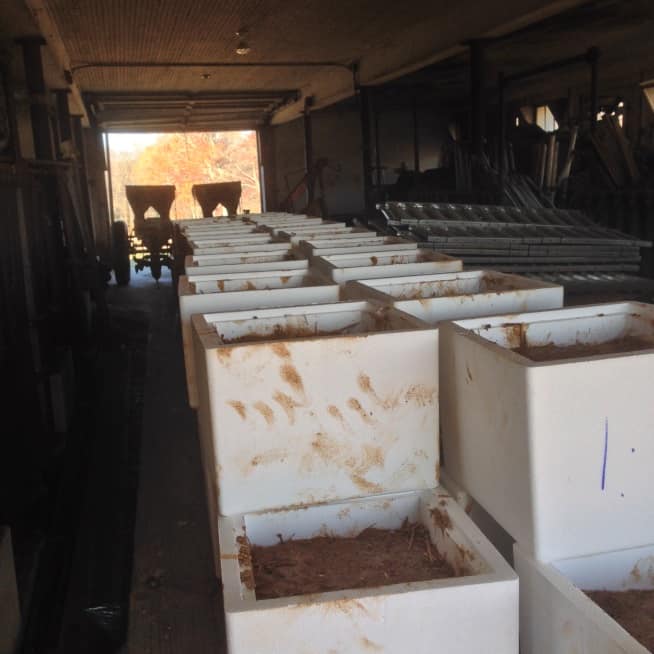
The Bee Informed Partnership would like to announce the launch of our new website for the vanEngelsdorp Honey Bee Lab at the University of Maryland, College Park. The focus of this website will be about projects specific to the lab and the University of Maryland. Our Sentinel Hive program is one of these projects. Sentinel Hives are designed to be an early warning system of honey bee health utilizing automatic and beekeeper monitoring via hive scales. With this program, colony weight gains and losses, pollen variety and abundance, and varroa mite and nosema loads will be monitored. The purpose of the sentinel hive is that it will detect any changes to honey bee colonies in the same geographic area and allow beekeepers the time to react and make appropriate management decisions.
The vanEngelsdorp lab website will also allow our undergraduate and graduate students to have an outlet to update anyone interested on the current projects that they are conducting. The most recent blog written by Phd student Lisa Kuder provides a brief overview of her project studying the behavior of an introduced bee species Anthophora plumipes and the protocols she employs to create nesting habitats.

The vanEngelsdorp lab also works closely with students on a campus-wide collaboration through the student group PollinaTerps and maintains a page dedicated to the group on the website. PollinaTerps is a collective group of University of Maryland students, staff, faculty, local scientists and local community members. PollinaTerps is working to build a pollinator friendly community through research, education, habitat creation and preservation.
Click Here to Visit the vanEngelsdorp Honey Bee Lab at UMD